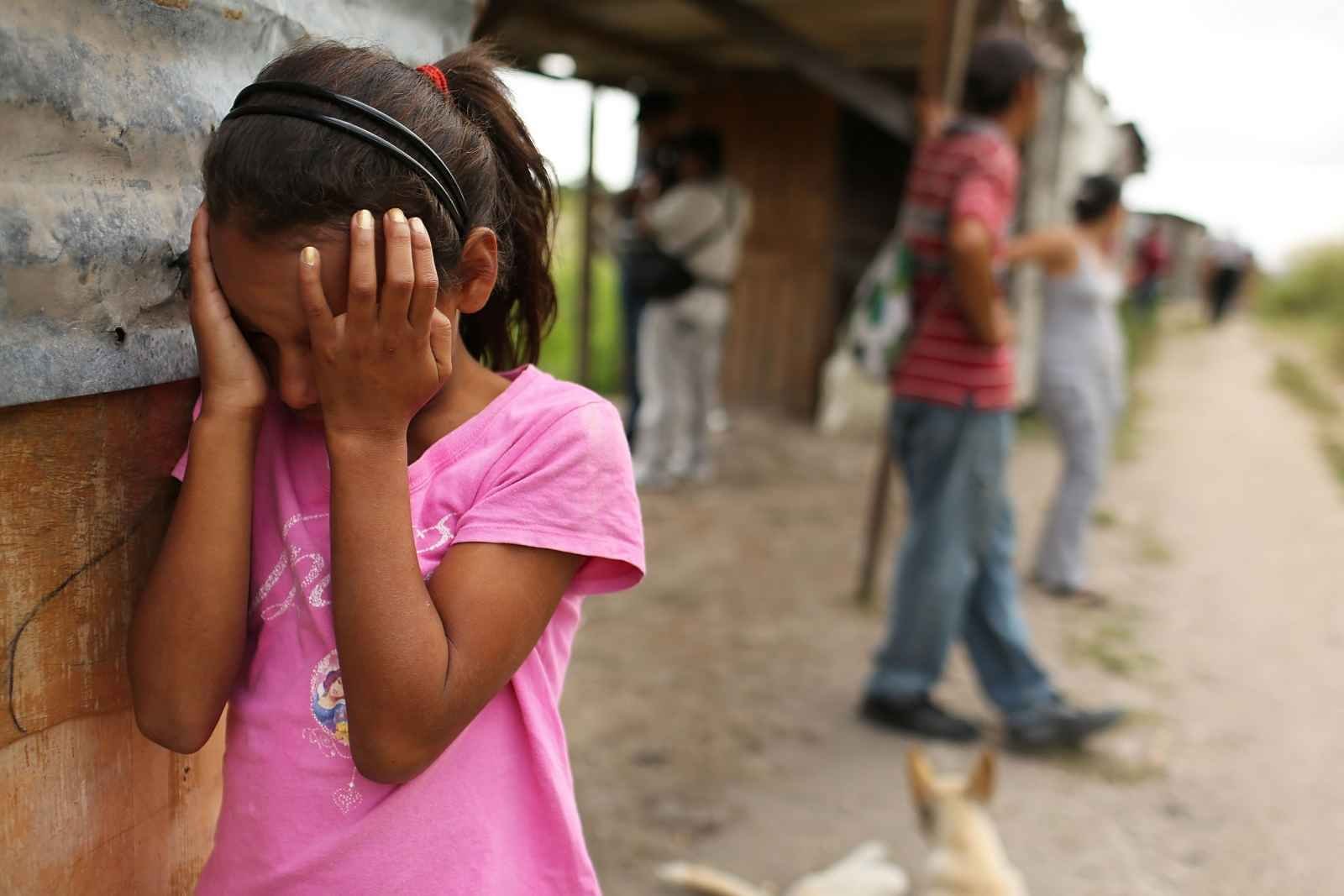It is a day they never forget. Parents all over the world will affirm to the fact that the day when their child arrives into the world is a day that is very life-defining. Dreams are built and happiness is shared all around.
Any parent will also tell you that the pain and anger that comes when someone harms their precious little one or scars them for life, is unfathomable, unimaginable, and can drive the parents to derangement. And let’s not even get to talking about the pain of losing a child.

But the thing is, somehow, the times we are living in have brought these hard conversations to the forefront of everyone’s discussions.
The newspapers, the televisions, the radio, the mobile news applications, the social media sites, the tweets, the posts, the stories – they all scream the news: 5-year-old raped in Delhi, 10-year-old molested in Haryana, Class-2 student murdered in his school.

Child abuse cases have reached an all time high even as the talk around the subject is happening more than ever.
Firstly, let’s talk about what constitutes child abuse.
Any form of emotional, physical or sexual molestation and maltreatment of a child falls under child abuse. It is not just sexual abuse but also emotional and mental, all of which can damage and scar a child for life.

Although it is a very tempting idea to never leave our kid’s side, it is not realistic and pretty impossible. A child has to leave the nest some time. Therefore what we can do is take steps to prevent such things to happen.
1. Educate yourself as parents
Like everything else, parents need to be armed with knowledge about what constitutes child abuse, how to read the signs, and also knowing your child’s behavior and spending enough time with them.

2. Talk to your child about child abuse.
Tough as it may seem, this is of primary importance. You NEED to teach your child about what is a good touch and what is a bad touch, and how they should talk to the parents if they are feeling uncomfortable with any situation.

3. Open up the channel of communication.
Let the child know that they can talk to the parent about anything and everything, inculcate and encourage an open channel of communication so the child reaches out when in need.

4. Let your child know they are loved and treasured
Your child needs to know that they are valued, loved and are special to you. Even when you have to discipline your child, know what will work best for them without hurting their sentiments or self-worth.

5. Teach your child their rights
Reinforce the idea that the child has ownership of their body, that if they are uncomfortable in ANY situation they can disengage from it, and have the right to feel safe. This makes sure that the child doesn’t feel like if something happens, it is their fault.

6. Talk to children about their body parts
Use the Swimsuit Rule to educate your child about what private body parts are (basically anything that a swimsuit covers) and how these parts are not to be touched by strangers, and if it happens, it has to be reported.

7. Empower your child to stand up for themselves and say “NO”
Tell your kids that their bodies are theirs to take care of and protect when the parents or guardians are not around, and no one has the right to touch them unless they are okay with it.

8. Know the signs
Look out for unexplained injuries, marks, signs of abuse on the child’s body. Also check for signs of change in the behavior of the child, mood swings, change in eating/sleeping pattern, fear of a certain adult, hostility or secrecy. These are signs that may indicate that a child is feeling neglected or physically, sexually, or emotionally abused.

9. Mind your actions and words
Use appropriate language around the kid, talk to them not as a child but as a valued member of the family with as valid emotions as adults – apologize when they are hurt, speak to them nicely, ask them about their day.

10. Do not neglect your child’s issues
If a child is saying something, listen to it very carefully. Chances are that even if they are not comfortable enough to tell you out and out what they are facing, they are trying to get a message across.

11. Use interactive tools to teach kids about child abuse.
Visual aids such as picture books, videos, and dramatizing/role playing always teach kids in a better and interactive way. It makes sure that they learn in a fun way.
Try this video for instance.

There are a few other pointers you need to take care of:
- Boys are a target of child abuse as well. Let us strive to keep gender stereotyping out of educating our sons about child abuse.
- The burden of preventing child abuse is NOT to be put on the child, it is primarily the parent’s responsibility.
- “Log kya kahenge” is thrown around for way too many problems for too long, and inculcates too much stigma. It is unnecessary, it is unhealthy, and it promotes exactly what we are fighting against: not raising our voices against the horrors of the society.
Even if we can’t control what happens to our children when they leave the house, let us arm them with enough knowledge, tools, and education so that we can at least hope to prevent mishappenings.
Here’s hoping.

















